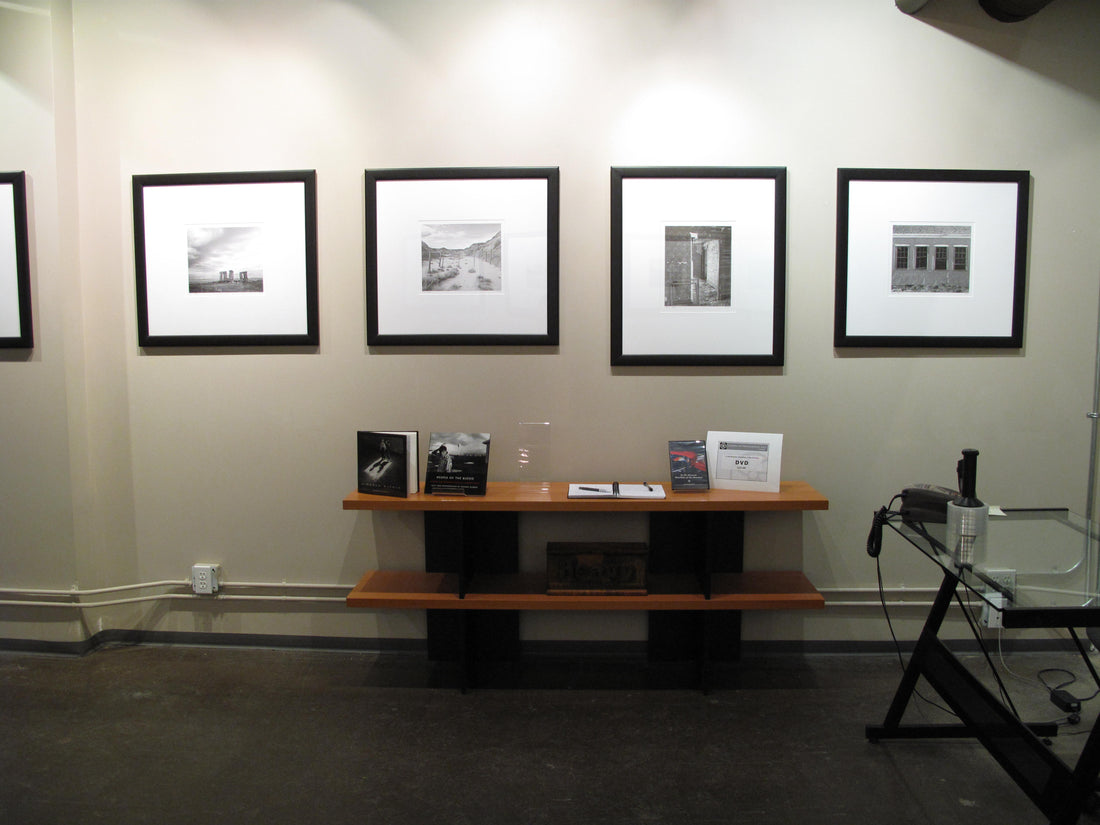
Collecting Photography

If any medium could be said to dominate our cultural life, it is the photograph in its various forms. Photography is indisputably a mass medium with unrivalled reach and potency. Today, it is being increasingly appreciated as a major art form – perhaps the major art form of the 20th century. There are as many reasons to collect photographs as there are potential collectors, but for the majority of serious collectors, the fascination of the medium is basically twofold.
First, photography is a medium with an artistic history, and perhaps more significantly, a medium with an artistic future that promises to be as fascinating as that of painting. For much of its history, the aesthetic side of photography has been inextricably linked with painting, and nowadays the two are almost indistinguishable in the eyes of contemporary art historians. Some critics have even gone so far as to term photography “the new painting”, signifying that the medium has now taken over most of the functions once ascribed to painting alone. When art historians, fifty or a hundred years from now, take a distanced, dispassionate view of who the most influential artists around the turn of the century were, much of that list will be populated by photographers.
Second, and for some collectors more importantly, photography “takes you there” – it is the documentary medium par excellence. In the work of the very best photographers, both the aesthetic and the documentary are brilliantly combined to make a compelling image . . . one that transports the viewer and evokes a response on an emotional level.

The first question, asked by anyone unfamiliar with the world of photographic collecting is, “why pay money for a print when any number of images can be made from the negative?” The unlimited making of prints from one negative is a theoretical possibility but not logistically feasible in practice, and photographic prints actually tend to exist in smaller numbers than in the limited editions of traditional prints. However, the very fact that uncertainty exists – were two or 200 prints made of a certain image? – has led dealers to place much greater emphasis on a print’s provenance, that is, its origins and ownership history. In the market for contemporary work, there is a definite trend towards producing strictly limited runs of an image and then “retiring” the negative.

The issues surrounding both the art of photography and the collecting of photographs are complex, often contradictory at times, but that is just part of the medium’s fascination. Photography is not just a major art form of the 19th, 20th, and 21st centuries, it is also an eternally fascinating cultural time capsule, a repository for our collective memories. Over the last three decades a solid foundation for the collecting of photographs has been established not only by museums and private collectors, but by the increasing interest in the medium on the part of scholars, both as an art form and as a communication medium of vital importance – a primary system for garnering knowledge. In other words, to collect photography is not just to collect an art form. As Pierre Apraxine, curator of the renowned Gilman Photographic Collection in New York, rightly says, “to collect photography is to collect the world”.
From the book, Collecting Photography by Gerry Badger
